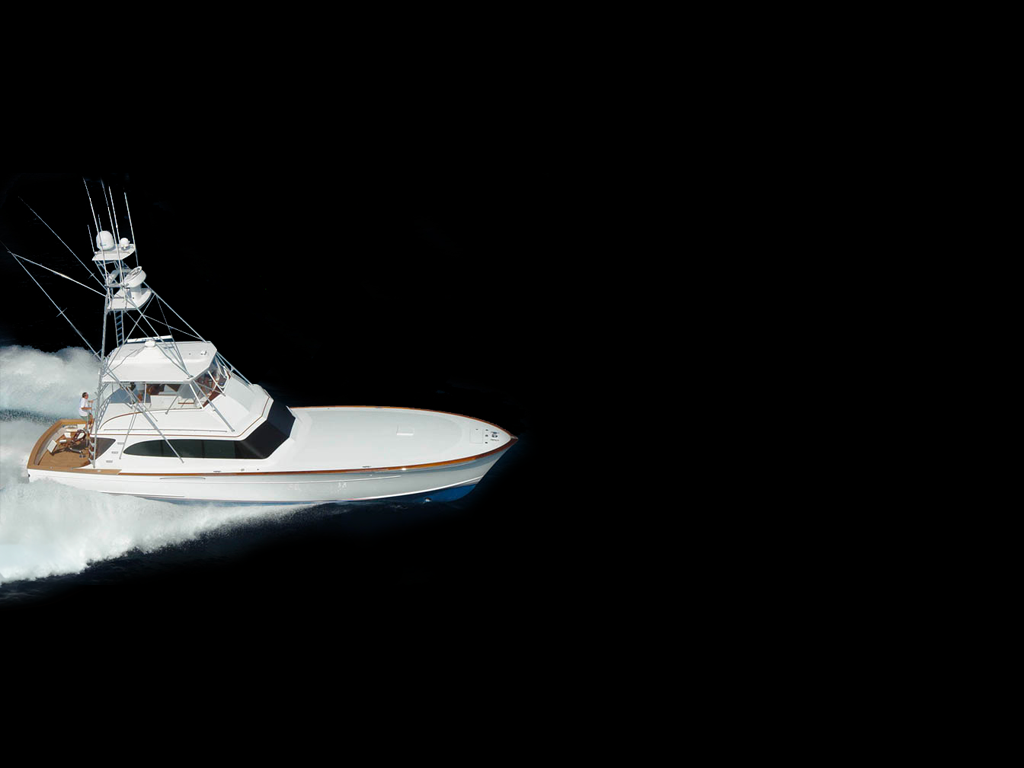
THE PLEASURE OF POWER,
THE PASSION OF DESIGN
Quality With Simplicity & Reliability
*Powder Coated Aluminum Enclosure
Phasor Marine Generators
Phasor Marine has been specializing in Heat Exchanged Cooled Marine applications for over 3 decades from Pleasure Craft to commercial vessels. All generators are EPA compliant and use a Kubota or John Deere based 1800 RPM engine depending on kW range. Standard features include 12 Volt starting and Phasors simple start/stop, pre-heat, and hourmeter mounted on the unit for all units 30kW and below.
All completed generators, regardless of application, are run off and load tested prior to leaving so you can be sure that once installed you will be on your way with a reliable and effective generator with years of trusted use. With all Phasors, we continue to offer a 5-year limited warranty.
FREQUENTLY ASKED QUESTIONS
-
The main difference between a gasoline engine and a diesel engine is compression.
A gasoline engine requires a spark (from a spark plug) to ignite the gas/air mixture.
A diesel engine relies on compression only. It compresses air rapidly to increase heat. The engine injects a mist of diesel at high pressure and it will ignite without the need of a spark.
-
The impeller pump cools water through a heat exchanger (marine radiator) to reduce the temperature of the coolant that cools the engine. The raw water only runs through the heat exchanger and never touches or runs through the engine itself.
The coolant used is 50/50 ethylene glycol and levels should be checked periodically when the generator is cold.
-
The generator is rotated by the engine at a certain speed.
-Phasor Marine 60 Hertz Generators will run at 1800 RPM
-Phasor Marine 50 Hertz Generators will run at 1500 RPM
The generator has a stator (stationary part) and a rotor (the rotating portion). The stator coils are making the electricity while the rotor is nothing but an electro magnet. By spinning the electro magnet inside the stator, electricity is made.
The Voltage regulators job is to sense the output of the generator and power up the rotor accordingly.
(The more power the rotor gets, the more power that will be produced out of the stator; or less power to the rotor you get, the less power out of the stator.)
Not all of Phasor Generators have regulators. The PMG models have permanent magnets on the rotor instead of windings; so, the voltage on these machines is not adjustable.
-
All of Phasor Generators have emergency shutdown switches as a standard feature.
1 - Oil Pressure: Oil pressure lower than 10 PSI will shut the machine down; however, you should always check the oil and coolant levels before starting your generator.
2 - Coolant Temperature: This switch is set at 225 degrees Fahrenheit and shuts the machine down at any temp higher. If this switch gets triggered you will have to wait 30 minutes or more before it will reset itself.
Note: Check the strainer, impeller, and water flow if this happens; or the switch could be defective.
3 - Exhaust Temperature Switch: Once there is not enough water to cool the exhaust, this switch shuts the machine down. The Generator will need approximately 15-30 minutes before it will reset itself.
-
For 3.5kW – 12.5kW, and 30kW Models Only
- If Shutdown is instant, it is most likely triggered by one of the three shutdown switches; Oil Pressure / Coolant Temperature or Exhaust Temperature Switch.
Jump one switch at a time to find the switch that will make it run again. (If a temperature switch shuts it down you will most likely have to wait before it will re start. Oil Pressure switch will most likely cause a random shutdown.)
For 14kW – 21kW Models
- Check Blinking light on the Stop /Start panel mounted on the generator faceplate. There will be a blinking code. Check manual to determine the appropriate code and fault.
If Generator is shutting down due to slow loss of RPM.
- This is most likely caused by fuel starvations, or air in the fuel system. (Check all fuel lines and filters.)
-
On most of the Phasor Marine models, it is easy to gain access to the impeller simply by removing the screws in the cover plate. The exceptions are the K2-4.5kW and the K3-14.0kW model. On these units, the complete raw water pump assembly would have to be removed.
When checking the impeller, look for missing and/or cracked blades. If pieces are missing look for them. They will most likely be in the hose or Heat Exchanger end caps. It is very important to remove all the broken pieces from the system before installing a new Impeller.


